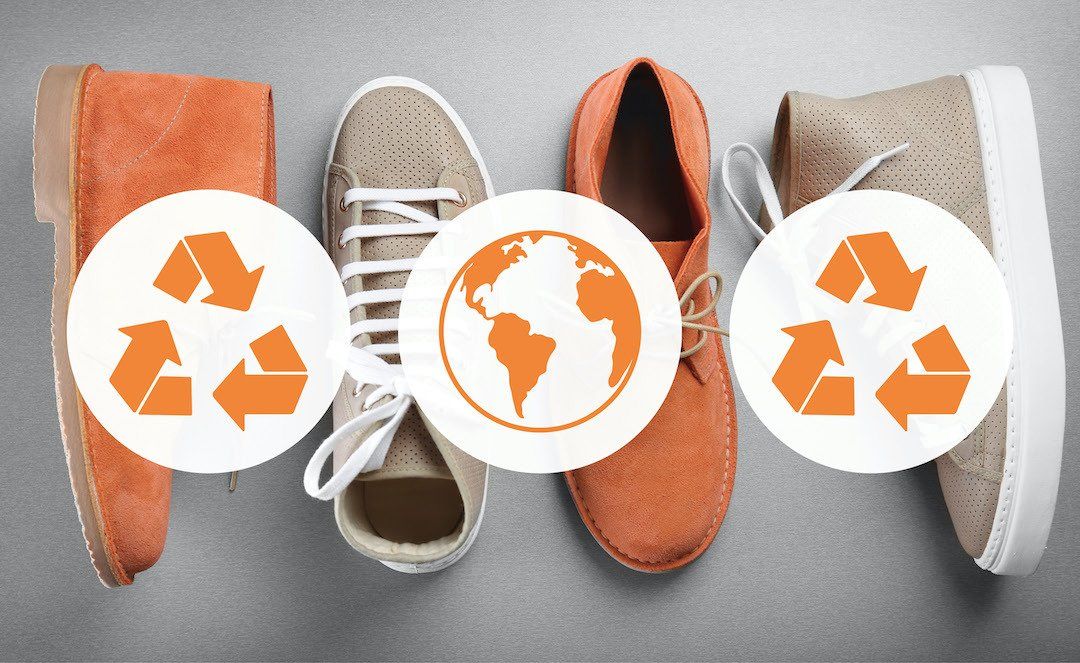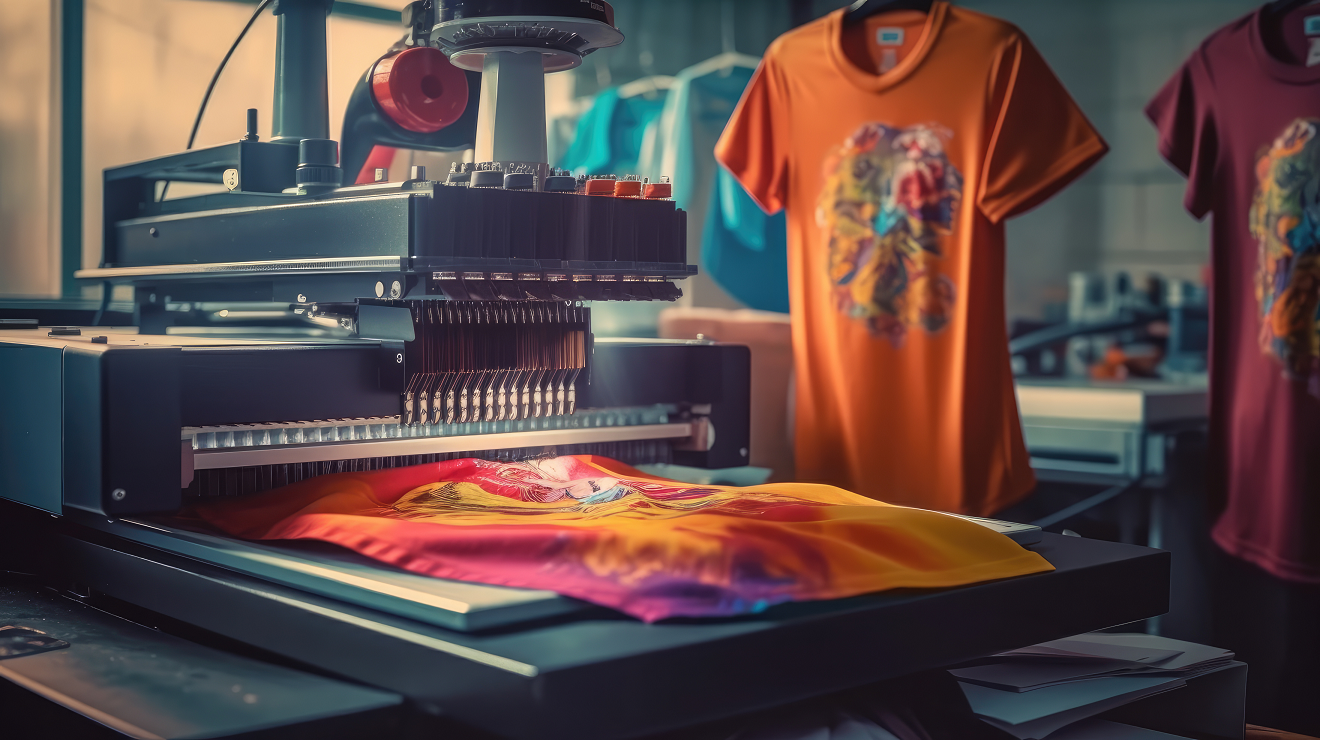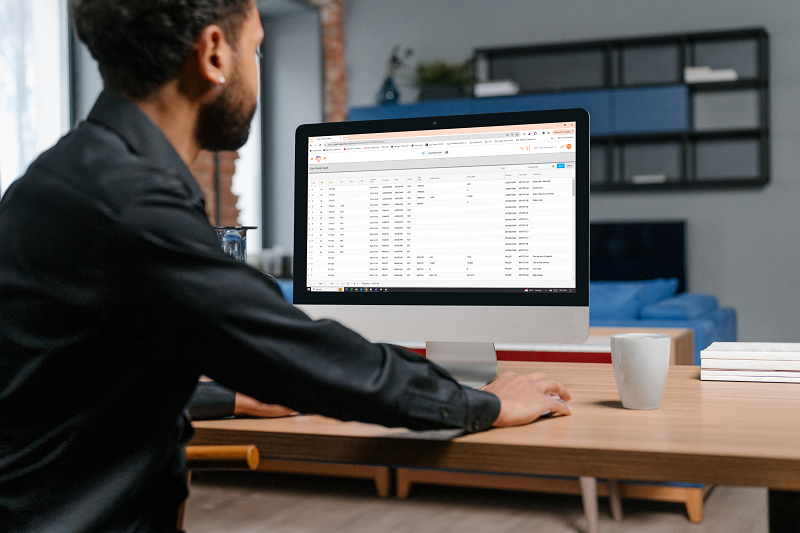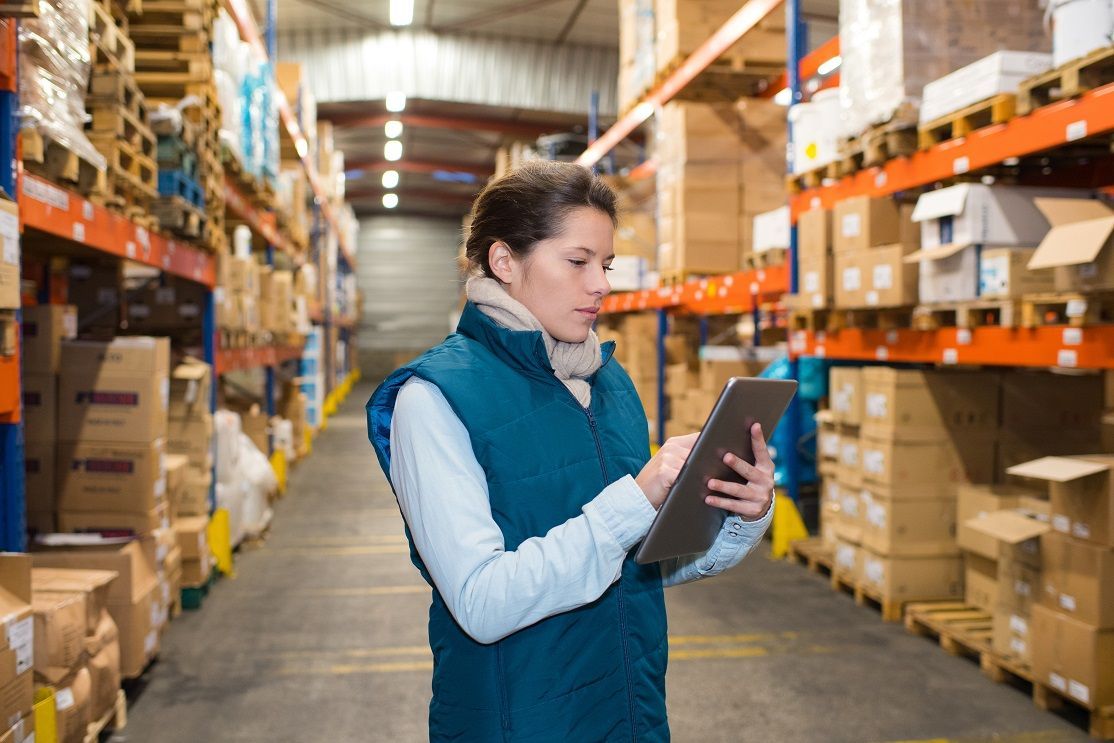It’s Time to Become Sustainable: Apparel & Footwear ERP Software Can Help

Before the spread of COVID-19, many companies in the apparel and footwear industries had begun discussing plans to implement more sustainable practices in the future. This was in response to growing demand from consumers who were becoming increasingly aware of the environmental impact of their purchases. As the pandemic continued to spread, so did these consumer demands. A survey of over 3,000 people found that 70% of people are more aware now than before COVID-19 that human activity threatens the climate, and in turn, humans. More importantly, over 90% of survey participants claimed they believed their personal actions could reduce unsustainable waste and tackle climate change ( BCG).
As consumers continue to reflect on their carbon footprint, they are reevaluating which companies they can continue to shop from while maintaining their moral standards. Implementing sustainable practices can no longer be a future plan for apparel businesses- it’s something you must act on immediately. Fortunately, apparel and footwear software make it easy to quickly execute changes that will positively impact the climate for generations.
Ways Apparel ERP Software Can Lower Your Negative Climate Impact
Reduce Communication Related Waste
Apparel Business Systems, ABS Software, makes it easy to virtually communicate with customers, vendors and internal employees. When you shift to virtual communication, you can eliminate needless paper waste and reduce travel, one of the largest sources of carbon emissions. These changes are easy to measure and share with consumers.
- Customer Payment Portal: Your customers can login to ABS software to pay balances and view invoices, giving you the opportunity to offer paperless billing only.
- Vendor Portal: Work with factories and contractors, overseas or next door, through one global application. This minimizes travel to meet with vendors, reducing your carbon footprint. This portal also helps to cut down on emissions from making multiple inventory orders and storing excess materials, as it ensures better product turn-around and proactive management of your supply chain.
Reduce Inventory Related Waste
Incorrectly forecasting inventory is an expensive mistake but it can also take a toll on the environment too.
- Over-ordering: Excess inventory needs a place to live until it’s time to go into production. This extra space requires electricity for lighting, and a cooling system if the materials need to be stored at a certain temperature. Also, these materials may need to be moved multiple times before you finally need them in order to make room for materials that are actually in use. These inventory moves often require forklifts fueled by gas, also adding to your carbon footprint.
- Under-ordering: When you don’t order enough materials the first time, you need to place a second order. Each shipment requires a lot of energy just to transport. Trucks, airplanes and ships are among the highest carbon emitters, and your shipment will be transported by at least one (or more) of these.
Apparel software helps you improve forecasting, planning and sales analysis, so inventory related waste becomes a thing of the past.
Reduce Waste Caused by Repeating Tasks
Running a successful apparel or footwear business requires having different employees, various teams, to handle warehouse management, accounting, sales, etc. There is a lot of overlap in the information they need to access and track. Without an apparel software, you end up with multiple employees tracking the same information, using different applications or individual spreadsheets. This can negatively impact your carbon footprint.
- Errors in tracking, shipping, and ordering: If the information your employees need to access and track is all integrated in one system, you will eliminate the need for multiple employees to enter the same data over and over again. Using manual data entry over automation always leads to human error. The probability of these mistakes is heightened when multiple people are involved in handling the information. These mistakes can be harmful to the environment if you have to reship products to customers, throw away materials ordered accidentally, and / or call for additional shipments.
Apparel software can eliminate the need to manually enter data and greatly reduce the chance of error in every department.
If you want your apparel business to continue to grow and thrive in this post COVID world, you must make big strides towards becoming sustainable. Consumers are willing to put in the effort to find apparel and footwear companies whose environmental values align with their own. Integrating Apparel Business Systems
software into your operation allows you to make these changes quickly. Better yet, it allows you to easily track your sustainability efforts and progress, so you can share your sustainability record with existing and potential customers. Schedule a
demo or
contact us to talk about the first steps today.


We will get back to you as soon as possible.
4325 Alexander Drive, Suite 100
Alpharetta, GA 30022-3740
Apparel Business Systems | All Rights Reserved









